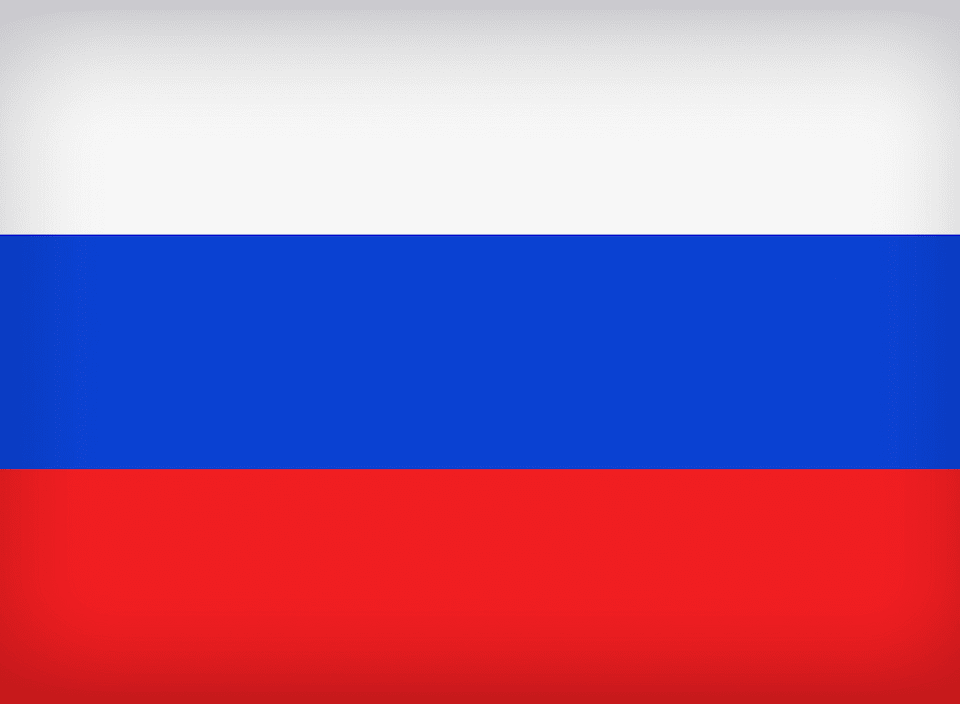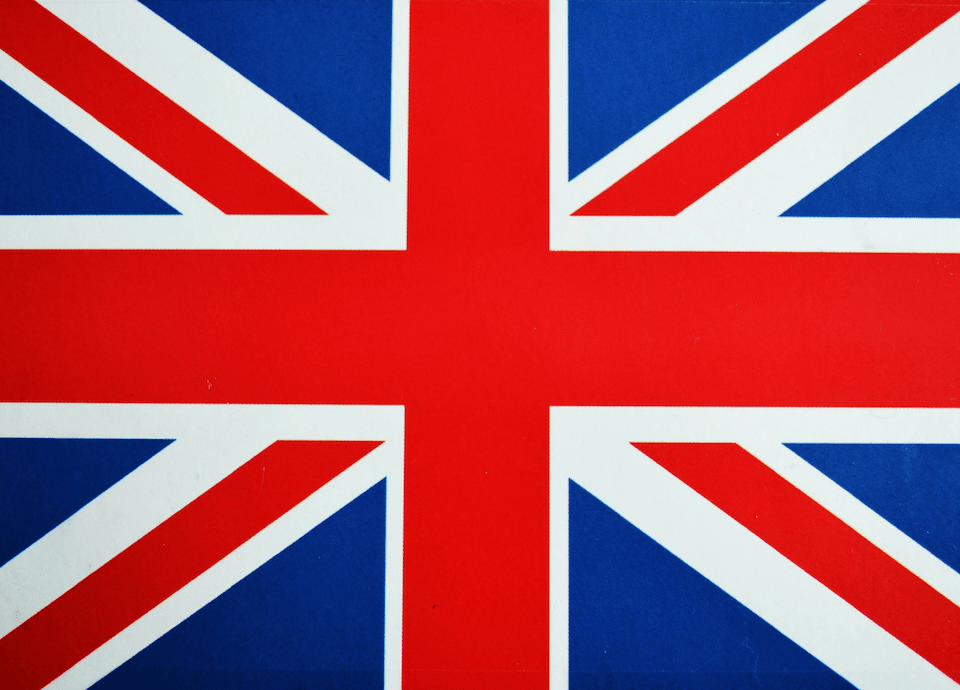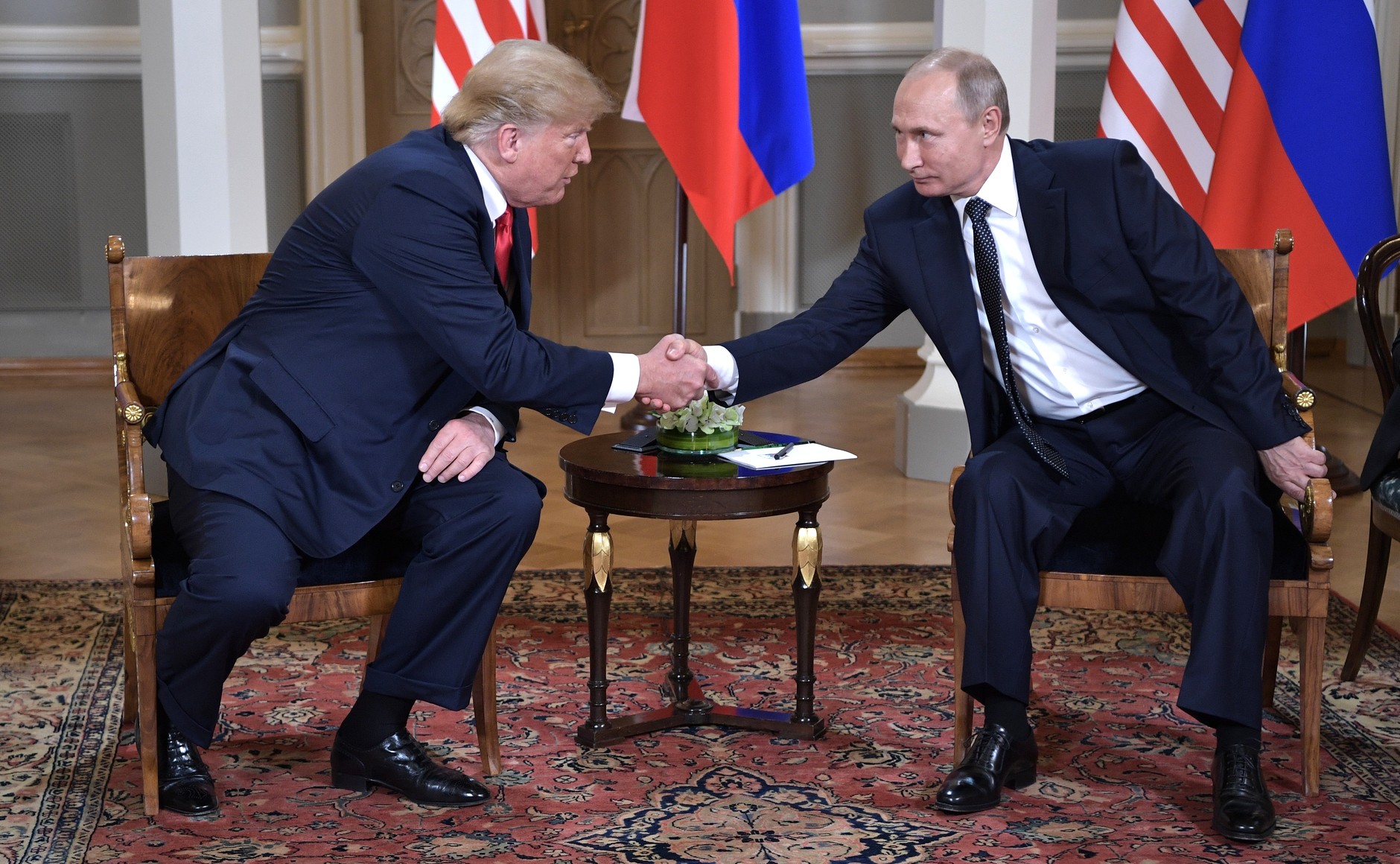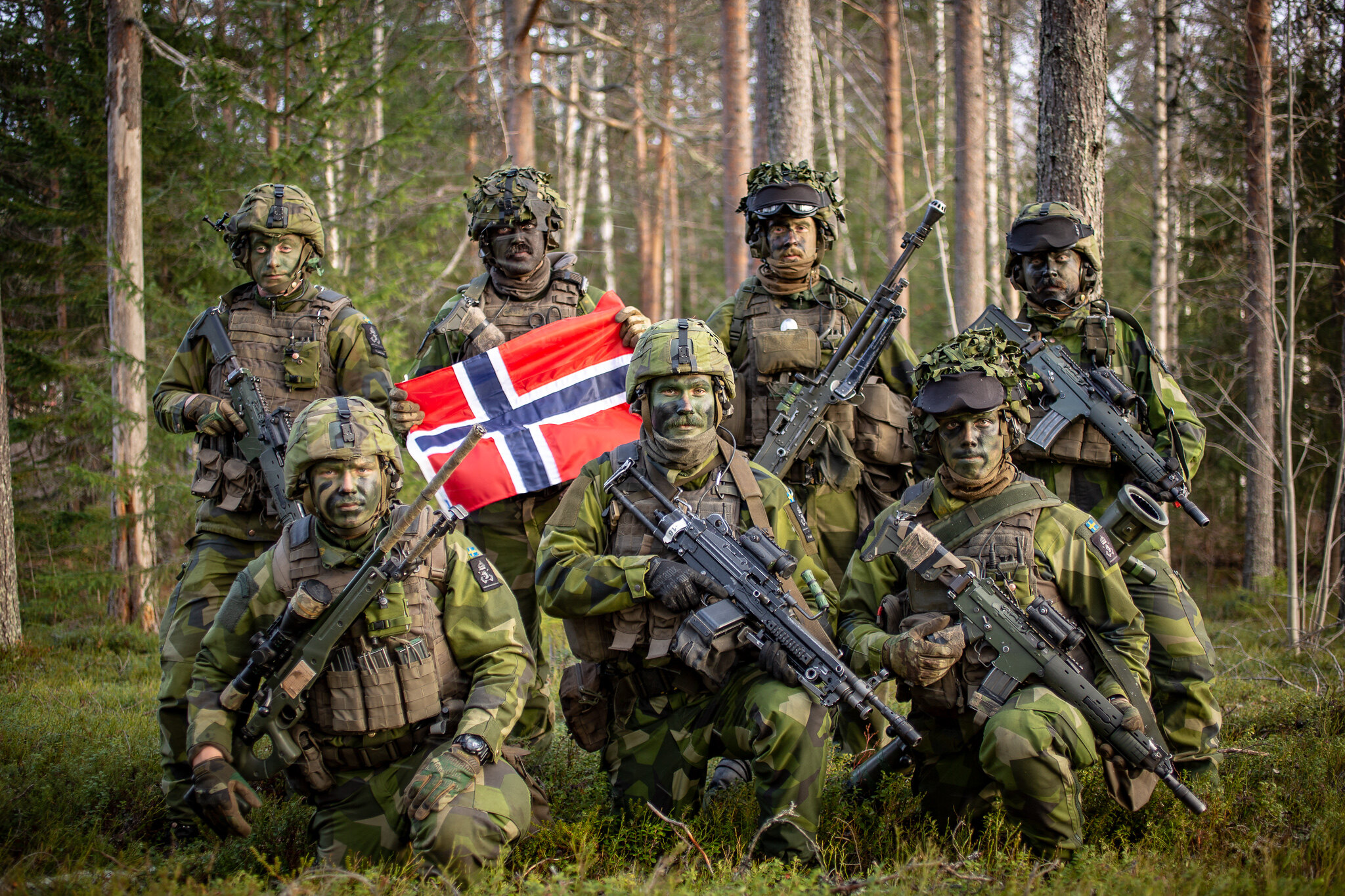EU revenue growth can’t keep up with spending going over the horizon.
«The problem with socialism is that you eventually run out of other people’s money». Margaret Thatcher’s famous catchphrase perfectly describes what is happening now in the EU. Over the last three years, titanic efforts have been made to turn the EU into a powerful machine for generating financial flows. However, it turned out that the process itself is also expensive.
For example, they had to create a fund to help countries affected by the COVID-19 pandemic (i.e. all countries). 750 billion euros went out the door. Then there was the Chip Act, which aims to double European chip production by 2030. 15 billion so far, but 43 are envisioned. An overseas ally passed the Inflation Reduction Act, that is, to support companies in the US with subsidies. It is necessary to react, and this is money that has not been calculated yet.
The other day the European Commission puzzled over where to get the additional 86 billion euros that unexpectedly appeared. Of this, 20 went to help Ukraine. They had to index their own salaries, which were beaten by inflation — and in Belgium, where European officials sit, it reached 12.5 percent at the beginning of the year. Eurobonds worth hundreds of billions were once issued, and now they have to be repaid.
The European Parliament has adopted a program to cut its 2024 budget from 189 to… 187 billion. But this does not solve the problem in any way at all. A vision at least a few steps ahead is needed, and now the European Commission is puzzling over a draft spending adjustment for 2021–2027 (the so-called multi-year financial framework).
But all that money was already allocated a long time ago. And how to find the additional 86 billion there is a serious task facing the European Budget Commissioner Johannes Hahn. There is practically nothing in the pockets, and new expenditures are growing like mushrooms.
With, for example, the unscheduled expenditures on Ukraine fell on the EU budget, this figure is also increasing.
«Now the number of military personnel trained under the European training mission is 25,000… I suggested to the ministers to increase the target from 30,000 to 40,000 by the end of the year,» the head of European diplomacy, Josep Borrell, said after a meeting with European defense ministers.
All right, 20 billion went to Ukraine — understandable, force majeure. But where did another 66 billion come from?
Of this unexpected sum, 19 billion is interest on the debt. As if no one in Brussels thought that interest rates could rise. Another 1.9 billion is to pay the top brass of the Brussels administration. To solve the problems with the sharply increased flow of migrants — 15 billion, another 10 billion in additional spending had to be scattered across four funds — from innovation to defense. And so on.
And shareholders are not having the best of times. The credit rating of France was downgraded not so long ago and now it is trying to balance the budget. The EU’s second locomotive, Germany, cut corporate taxes by 32 billion euros to stimulate growth, and now its position is the worst in the EU economy. Italy has fallen into stagnation similar to what it was after the euro changeover in 1999. In fact, the only country that could contribute money is Poland. Last year it recorded growth of 4.9 percent.
The easiest solution would be to issue one-off bonds, but in such a situation, particularly with Germany and France, investors will not rush to buy them.
In addition to the total debt of the European Union, there are also sovereign debts of the member states. In spring, the IMF proposed to issue European bonds worth 15 percent of the EU GDP, and they should be managed by a non-state agency. But then it will turn out that those countries, whose own debt is not so big, will get an additional burden because of those who are indebted to the maximum. In Italy, for example, the debt is 150 percent of GDP.
Then — raise taxes. But every time this topic is raised, there is a wave of indignation. To pinch aviation, to take a bigger bite out of harmful emissions or to collect another half a percent from the profits of enterprises — all this always meets large-scale resistance and the prospects of such steps are very vague.
However, one move has been thought of. Ursula von der Leyen has now initiated consultations in the European Commission on how to dispose of the interest from Russian assets frozen in Europe. Only the funds of the Russian Central Bank, which is 215 billion dollars, should bring in 3 billion. The question is how to legally justify the transfer of this money into their pockets.





